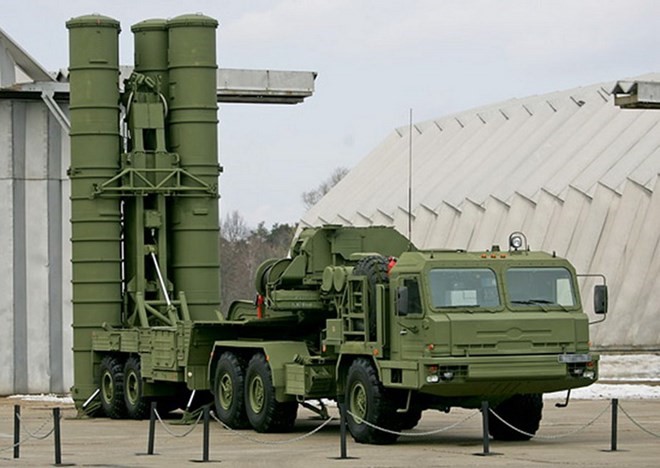
S400 Missile Deal on track says Russian Ambassador, Delivery expected to commence by year end

Nikolay Kudashev, the Russian ambassador to India, on Wednesday corroborated that Moscow and New Delhi are firmly dedicated to completing their agreement and other obligations timely for long-range S-400 air defence systems amid the fear of possible sanctions of Biden administration against India over the procurement of multi-billion-dollar Russian weapon systems under Countering America’s Adversaries Through Sanctions Act (CAATSA).
“With regard to S-400 and broader agreements, both sides are committed to the agreed timelines and that the obligations in this contract be successfully fulfilled, as to my knowledge,” the Russian Ambassador said during a virtual Press briefing. Further, he added that the US imposed bilateral sanctions are “illegal tools of … competition, pressure and even blackmail.”
The US administration has already imposed CAATSA sanctions on its NATO ally Turkey for breach of the congressionally mandated CAATSA. Apart from this, CAATSA sanctions have also been imposed on the People’s Liberation Army of China for purchasing Russian-made fighter jets and air defence systems. While there was no discussion on S400 deal with Russia during the US Defence Secretary’s visit to New Delhi earlier this month, Lloyd Austin urged all allies and partners of the US to avoid buying Russian equipment that may invite US sanctions.
Few years ago, New Delhi confirmed the intention to acquire the S-400 surface-to-air missile system from Russia to provide the Indian Air Force with the world’s most advanced air-aircraft missile system under fresh modernisation efforts. Accordingly, India sealed a Rs 39,000-crore pact with Russia in October 2018 to supply five regiments of Almaz-Antey S-400 “Triumf” during the 19th India-Russia bilateral annual summit held in the Indian capital. India made the first payment of first installment of around USD 800 million to Russia for the missile systems in 2019.
Successor to the S-300 air defence family, the S-400 ‘Triumf’ is a Russian-made long-range and highly mobile SAM (Surface to Air Missile) system designed to eliminate all types of aerodynamic targets including highly manoeuvring and low-flying combat jets and cruise missiles. The universal ADMS is also very effective against incoming ballistic missiles with a launch range of up to 3000-3500 km. Equipped with multi-functional AESA, autonomous detection and targeting capability and anti-aircraft missiles, the system is capable of providing a robust multi-layer air defence shield between 2.5-km and 380-km at an altitude of up to 30,000m.
In addition, fitted with four new missile types, it can simultaneously take on around three dozen aerial targets. Russian Armed Forces were the first customer of S-400 Triumf and are operating this advanced anti-aircraft system for over a decade. India will be the third country after China and Turkey to receive this Russian-developed ‘defence shield’ once the deal is executed.
As per Indian defence officials, the deal is on track and deliveries of the first consignment are expected to commence by November 2021 despite slowdown due to pandemic and threat of US sanctions. For the Indian Air Force, S400 missile systems and Rafale fighter jets would be game changers which would propel their operational capabilities into a different league.




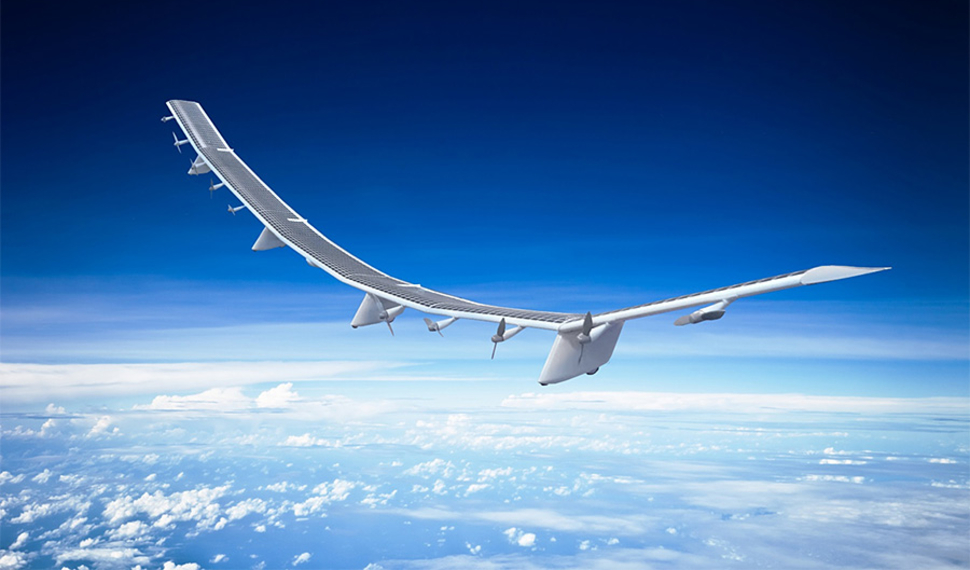

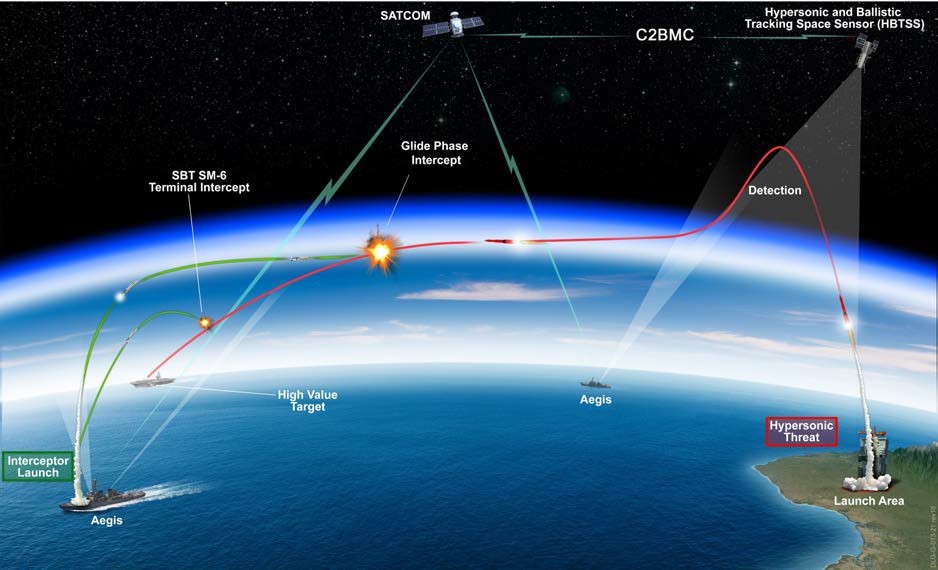
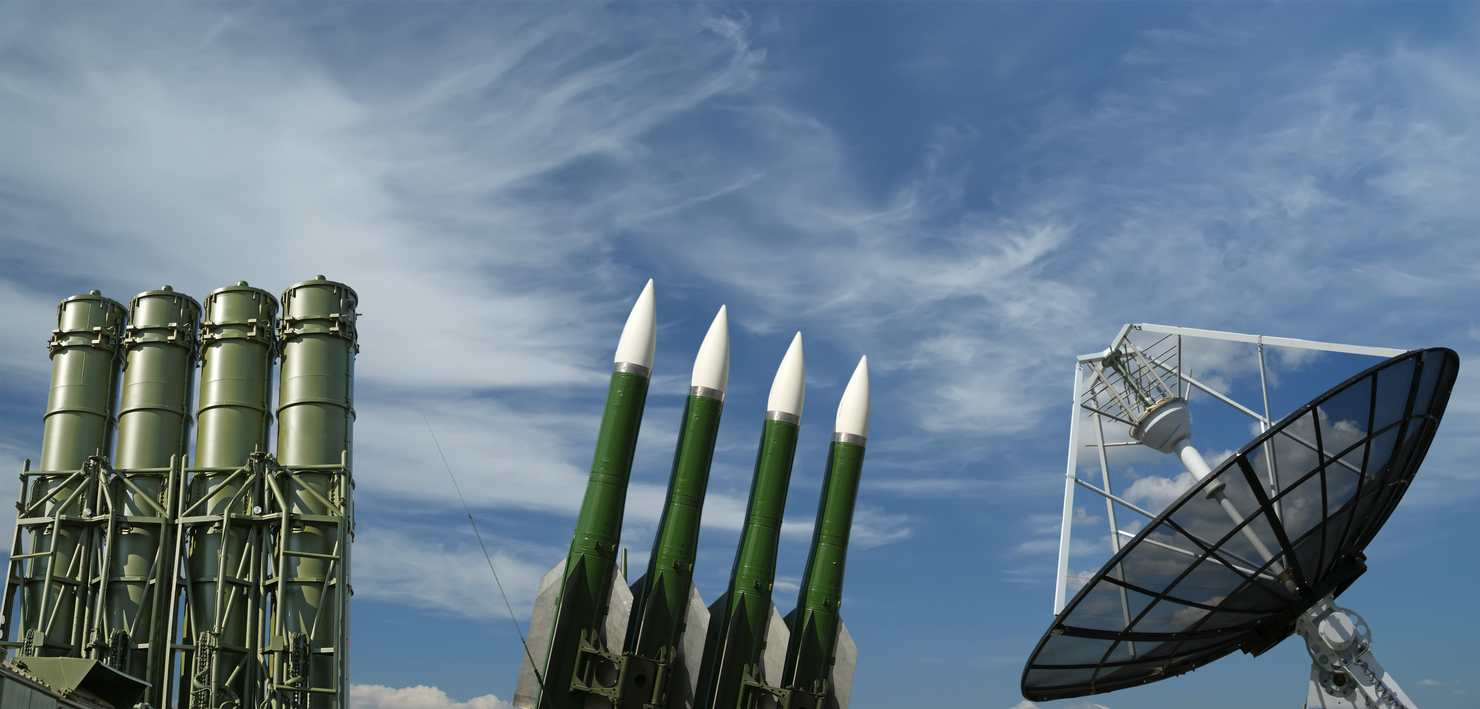

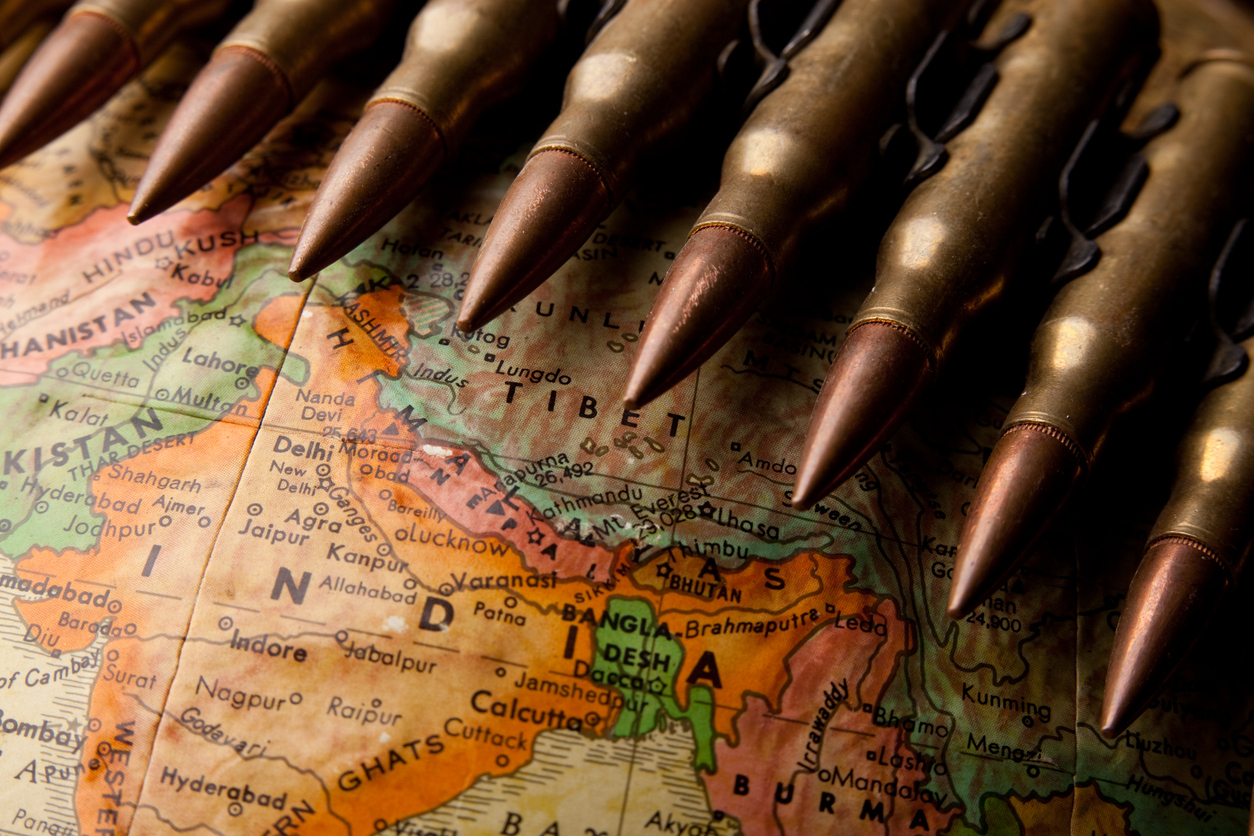
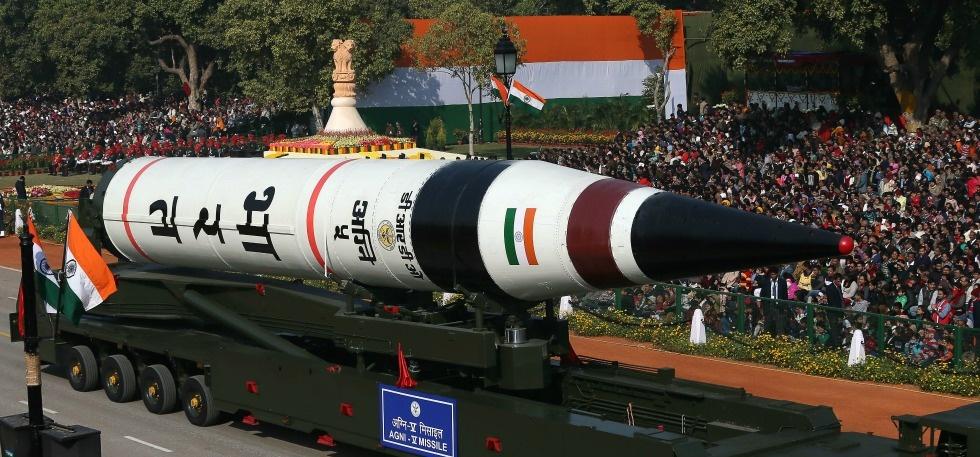






POST COMMENTS (0)